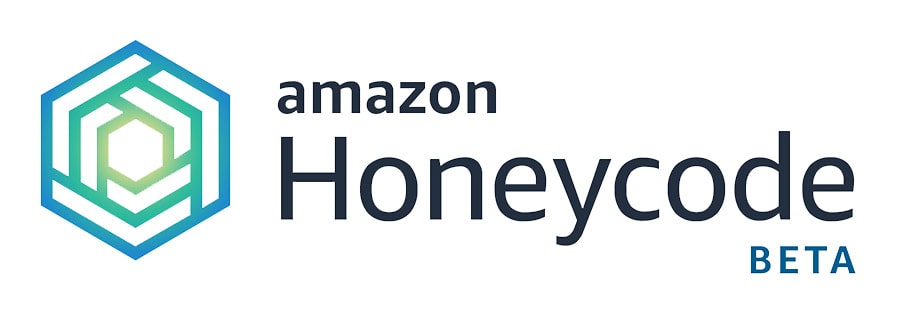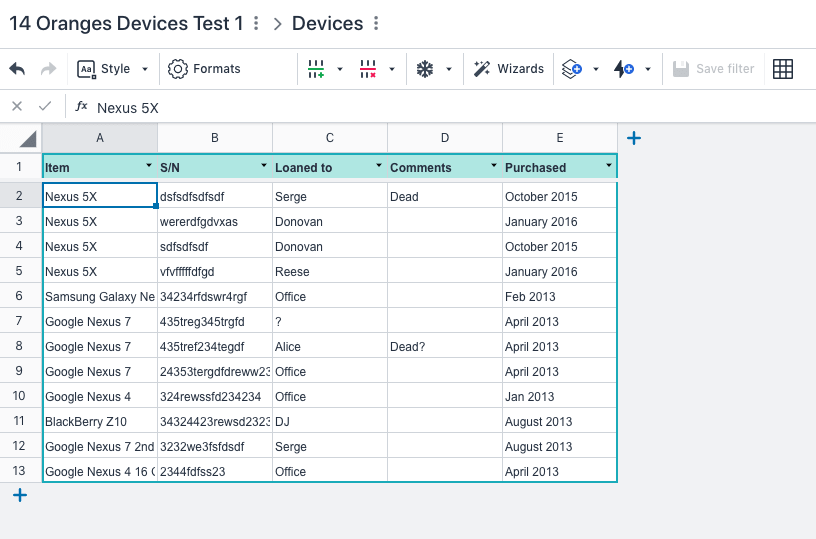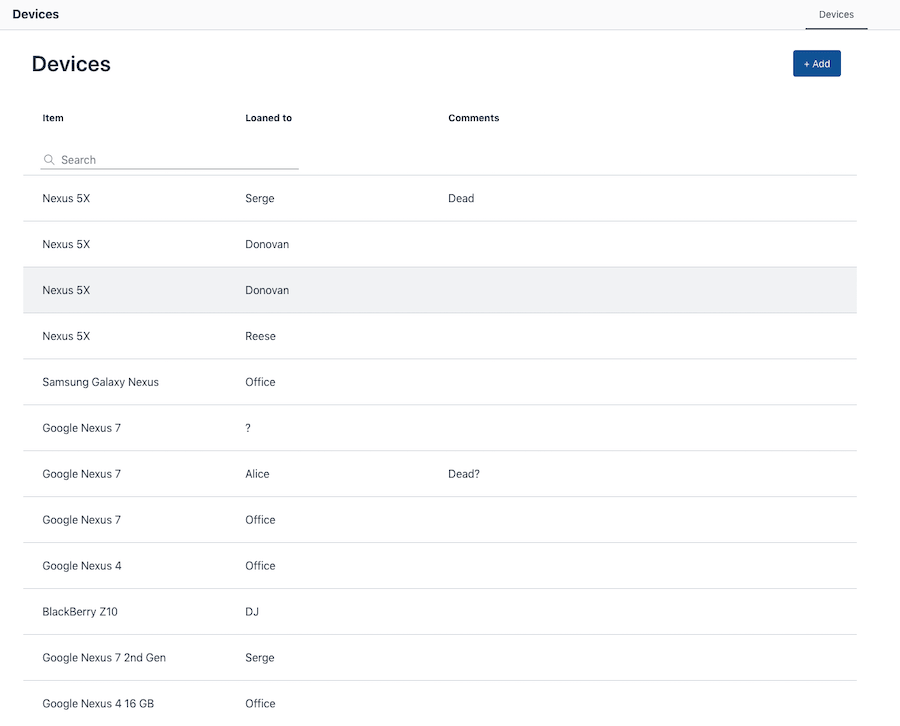One of the ongoing exercises that we do quite regularly here at 14 Oranges is to evaluate new emerging technologies, frameworks, services, and languages to see if they should be included in our toolset. We are pretty stringent in the tools that we employ as we always want to make sure to pick the best set of tools for the job. One such tool that we recently evaluated is Amazon Honeycode.

Overview
Amazon Honeycode is a cloud based service to develop applications for both desktop and mobile without the need to write any code. Don’t expect to be writing the next Uber, Spotify, or Instagram with it though. The service is more designed to develop simple utility applications typically used inside businesses such as to-do list, customer tracker, or time off reporting. Actually a few years ago, we implemented a solution to track the whereabouts of the many, many, many devices (laptops, phones, tablets, accessories) that we have here at 14 Oranges. Honeycode would be a perfect tool to create such an application. Amazon Honeycode reminds me a lot of what you used to be able to do with Microsoft Access.
The environment is split into 3 components: Tables, Apps, and Automations.
Tables
Tables is where your data lives. They are basically spreadsheets or workbooks. You have rows of data with columns to specify the values for each row. For example, for our device tracker, we would have Item, Serial Number, Who the device was loaned to, some comments, and the date the item was purchased (see figure).

Apps
Apps is what your users will use to perform their tasks. They will never see the tables themselves and only interact via the apps. Apps are responsive (work on both mobile and desktop browsers) by default but can be split so that you have a different user interface between the two form factors.

The desktop apps can be accessed via a browser / URL while the mobile apps can be accessed via a generic Amazon Honeycode app. Developers just need to share the apps with your account. So yes, all users must have an account. That’s really how Amazon is planning to monetize this service. More on that later on.
Automations
Automations allow you to create automatic operations that can happen upon certain events happening in your app. For example, to send a notification when a new row has been added.
Templates
The environment also includes Templates that you can use as your starting point for creating your app. Since there is limited documentation at the moment, using Templates is a great way to learn how it all works.
Pricing
Amazon Honeycode is free to get started but you are limited to up to 2500 rows per table and up to 20 users. The next level is $20 a month for up to 10,000 rows and 20 users with $10 a month per user for additional users.
Conclusion
Amazon Honeycode is showing a lot of promise as a way to create applications for a lot of internal utilities. It is fairly easy to use and quite easy to deploy, usually a cumbersome situation for normal coding environments. The one problem at the moment is that it is very basic. You can only do very simple operations so it won’t be able to solve all problems. Furthermore, even though it is a “no code” solution, it is still somewhat technical. I was looking for a way to create a new view which would pull information from the table and even after looking at their templates, I wasn’t able to figure it out (note I didn’t spend too much time). The documentation is also very light. The service is still in Beta at the moment, so that’s perhaps why.
I think with another year of improvement on it, it can become a decent solution for simple apps. The key will be if Amazon does intend to spend the time to do so.

Share This Article